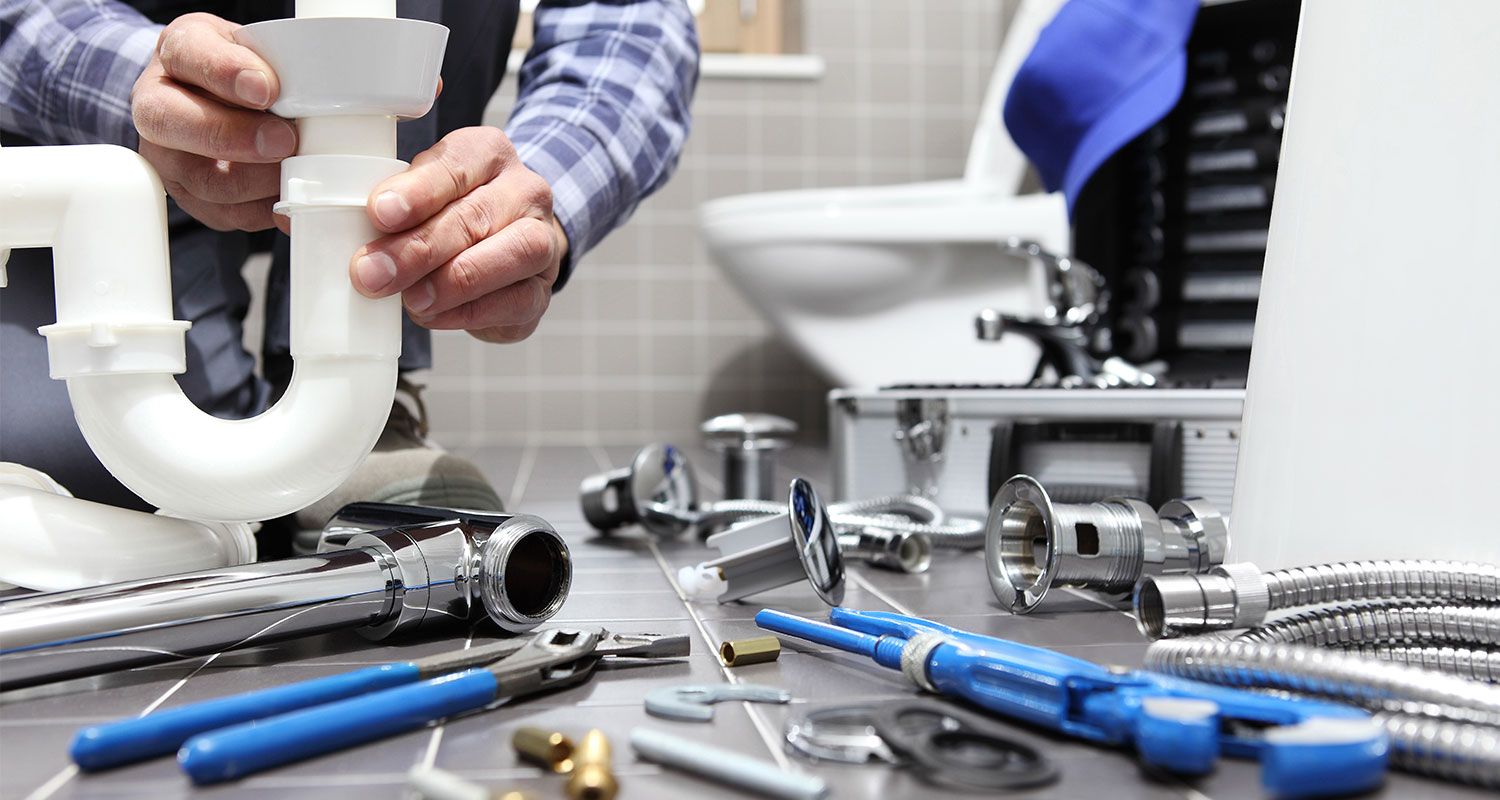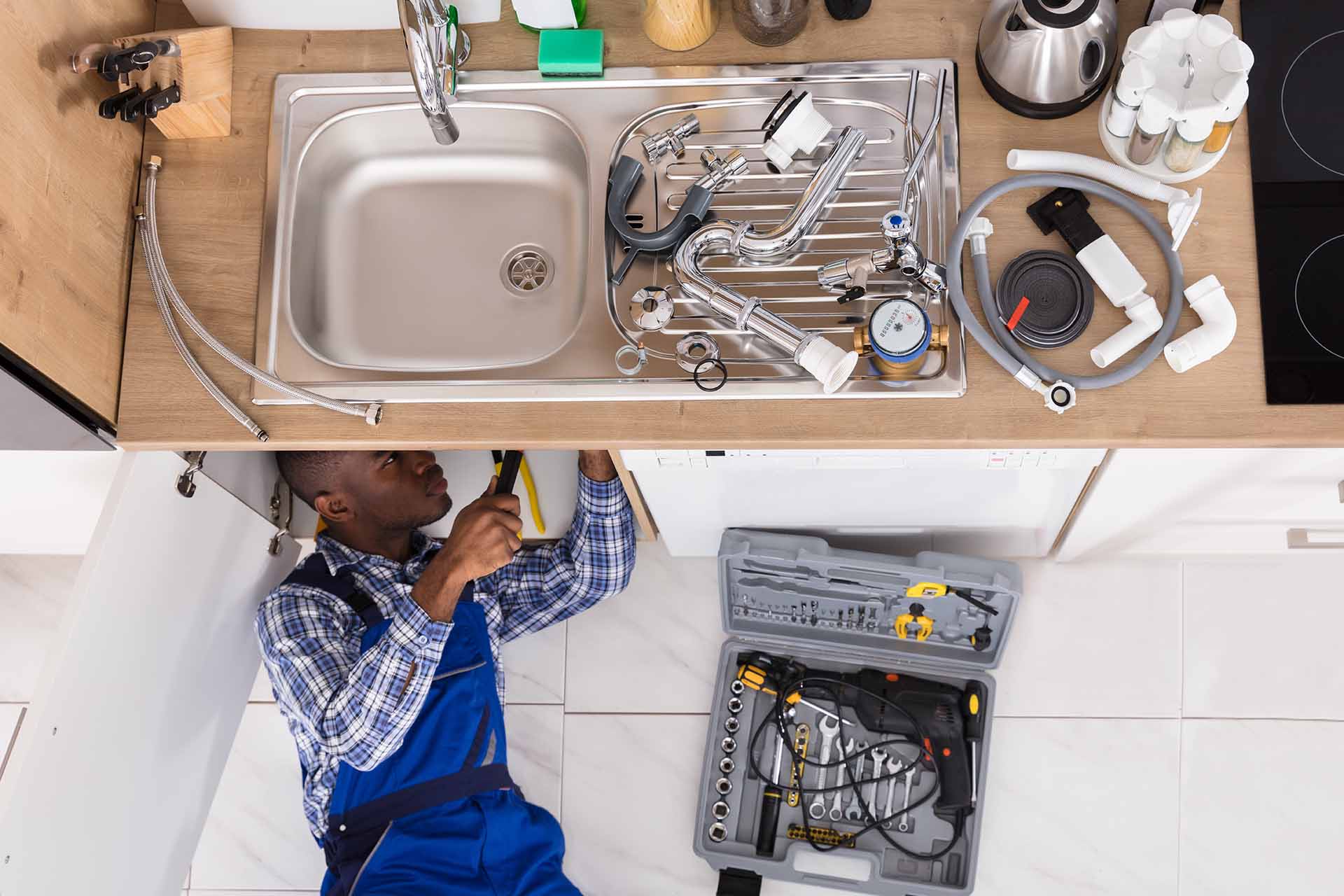Reputable Plumber Alabaster AL for All Your Emergency Requirements
Reputable Plumber Alabaster AL for All Your Emergency Requirements
Blog Article
A Step-by-Step Guide to Efficient Water Heating System Installment for Optimum Efficiency
Starting the task of mounting a water heater is a venture that demands precision and an organized strategy for accomplishing optimum efficiency. The process begins with the critical decision of selecting the appropriate heater customized to the specific demands of your household, considering factors such as energy, type, and dimension source. Once selected, preparing the installation location to satisfy security requirements is vital. However, the trip doesn't finish below. As you continue, the intricacies of attaching water lines and establishing dependable electric or gas links wait for, promising insights into making sure efficiency and integrity.
Selecting the Right Hot Water Heater

Following, consider the size and capacity of the water heating system. It's essential to analyze your family's hot water demands, which can vary based on the number of residents and their usage patterns. A system that's also tiny might result in inadequate warm water, while an oversized model might lead to unneeded power usage.
Effectiveness ratings also play a critical duty in choice. Search for hot water heater with high Power Aspect (EF) rankings, showing superior performance and reduced power use. Tankless models, though generally extra pricey upfront, offer considerable energy financial savings in time due to their on-demand home heating abilities.
Preparing the Installment Area
Before installing a brand-new water heater, thorough preparation of the installment location is crucial. It's essential to gauge the space thoroughly to fit the water heating system's measurements, making sure sufficient clearance around the device for reliable operation and maintenance.
Check the flooring for stability, as the water heater will need a strong, level surface area to run effectively. If necessary, set up a drip pan below the unit to capture possible leaks or spills, preventing water damage to the surrounding location.
Additionally, make certain that all essential tools and products get on hand before beginning the installment. This includes items such as wrenches, screwdrivers, a degree, and any additional equipment required for placing and securing the heating system. A well-prepared installment location establishes the foundation for a successful hot water heater setup, maximizing efficiency and safety.
Connecting Water Supply Lines
When attaching water lines to your newly installed hot water heater, it is crucial to ensure that all connections are secure and leak-free to maintain reliable operation and protect against water damages. Begin by determining the hot and cold water supply lines. The chilly water inlet is usually noted with a blue label or a "C", while the hot water outlet is noted with a red label or an "H".
Use flexible water heater adapters to help with a simpler setup process. Before attaching the connectors, position a plumbing technician's tape around the threaded ends of the water heating unit's inlet and outlet pipes.
Once links remain in location, gradually turn on the main water supply shutoff. Examine each connection for leaks by aesthetically feeling and inspecting for moisture. Tighten links as necessary, and make sure the pressure relief shutoff is appropriately mounted, securing versus excessive pressure accumulation.
Establishing Electric or Gas Connections
Correctly setting up the electric or gas connections for your water heating system is an important step to make sure risk-free and effective operation. For electrical water heating units, begin by verifying that the electric circuit is compatible with the heater's voltage and amperage demands.
For gas water heating units, security is vital. Link the gas line to the water heating unit using an adaptable gas adapter, guaranteeing it is correctly threaded and sealed with pipeline joint compound or Teflon tape suitable for gas links.
When links are made, inspect for any type of potential leakages. For gas lines, apply a soapy look at here now water option to the joints; bubbles show a leakage. For electric connections, verify that all wiring is safe and properly insulated, keeping compliance with neighborhood electric codes.
Changing and checking for Efficiency
With the electrical and gas connections safely in place, the next step is examining the functional effectiveness of your water heating unit. Begin by meticulously turning on the water supply and ensuring there are no leaks at any of the joints or valves.
Next, perform a thorough inspection to make certain the home heating aspects or burner are operating appropriately. For electric heating systems, use a multimeter to confirm if the elements are drawing the ideal present. In gas designs, observe the heater flame; it needs to be blue and constant, showing effective burning.
Readjust the setups as needed to eliminate inefficiencies. Consider implementing insulation steps, such as adding a water heater covering, to better enhance performance by reducing warmth loss. Additionally, check the anode rod's condition, as a shabby pole can decrease efficiency and bring about storage tank rust.
Final Thought
Efficient hot water heater installment is essential for ensuring ideal performance and energy savings. By picking the appropriate kind and dimension, and meticulously preparing the setup area, a structure for success is developed. Safely attaching supply of water lines and thoroughly setting up go to this web-site electric or gas links reduce possible concerns. Detailed testing for leakages and precise thermostat changes to 120 ° F improve integrity and effectiveness. Sticking to these actions promotes long-lasting functionality and power preservation in property water heating systems.

Correctly establishing go to this site up the electrical or gas links for your water heating unit is a crucial action to make certain safe and effective procedure. For electric water heating units, start by validating that the electrical circuit is compatible with the heater's voltage and amperage requirements. Link the gas line to the water heating system making use of a versatile gas port, guaranteeing it is properly threaded and secured with pipe joint substance or Teflon tape appropriate for gas connections.
Report this page